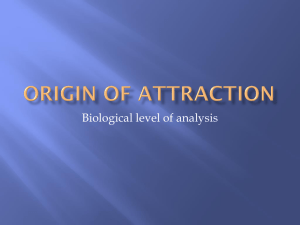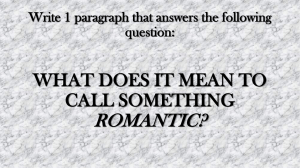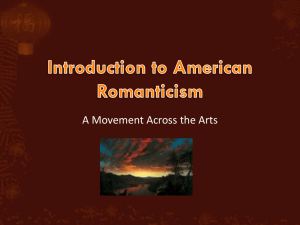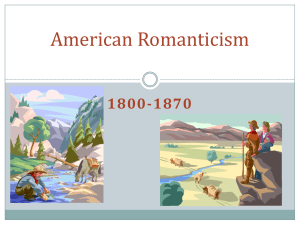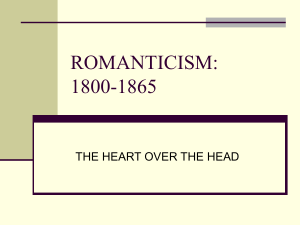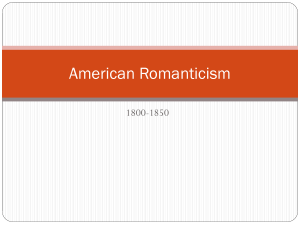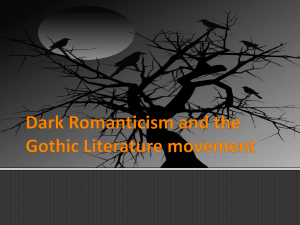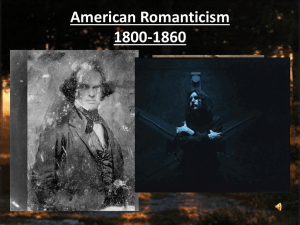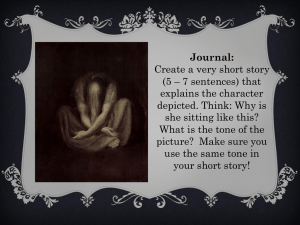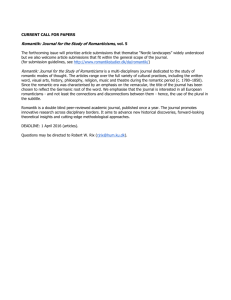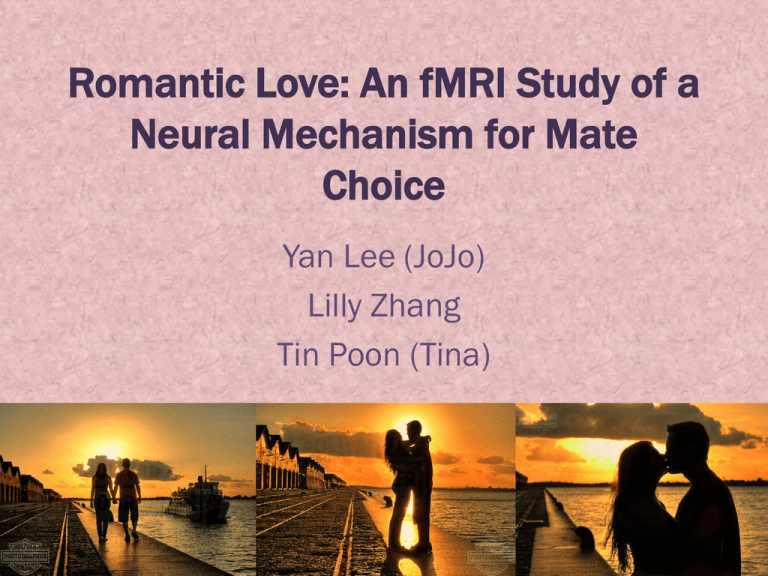
Romantic Love: An fMRI Study of a
Neural Mechanism for Mate
Choice
Yan Lee (JoJo)
Lilly Zhang
Tin Poon (Tina)
General Question Addressed in This
Paper
• Which specific brain system
is associated with
“courtship attraction”?
Why is this question interesting
• Love is a cross-cultural
universal experience
• Love is primarily a
motivation system
• Love leads to various
emotions.
• A primary aspect of reproduction
• Brain mechanisms that are involved in a
relationship are largely unknown
What specific hypothesis was the
study supposed to address?
• Hypothesis 1: “romantic love would
involve subcortical dopaminergic
pathways that mediate reward”
• Hypothesis 2: “romantic love would
involve neural pathways associated with
goal-directed behaviors”
•
•
•
•
Age: 18-26
Duration: 1-17 months being in love
Prescanning orally interview
Passionate Love Scale which measures
several traits commonly associated with
romantic love (Cronbach’s alpha for
questionnaire reliability= 0.81)
Study of Romantic Love by fMRI
There are 4 Tasks
1- Photo of the beloved is shown (30s)
2- Countback distraction (40s)
3- Neutral stimulus (30s)
4- Similar countback task (20s)
*Procedures repeated for 6 times
Results
• Activation in the right ventral tegmental area
(VTA), caudate nucleus in the right medial
and posterodosal body
• VTA= reward system
• VTA sends projections to the caudate
nucleus
• Hypotheses 1 and 2 are supported
• Those who self-reported higher levels of
romantic love also showed greater activation
in the right anteromedial caudate body
Important Things about Romantic
Love
• Romantic love may be a primary
motivation system
–Focus on specific reward
• Romantic love is distinct from sex drive
–fMRI studies show activation in
different brain regions
Bartels and Zeki (2000;2004)
• Investigated brain activity in 17 men and
women who had been in love for longer
duration (8-17 months)
Results
• Same as study by Fisher and Aron
• Also found activity in the anterior cingulate,
mid-insular cortex and posterior cingulate
cortex
• Also showed increased activity in the ventral
pallidum
Mate choice is dynamic:
it changes across time
Cont.
Based on a study of Prairie Voles
• Prairie voles show increased activity
in the ventral pallidum
• They form a distinct preference for
partners
• The injection of dopamine agonist
can alter the female preference of
her mate
Conclusion
• Reward regions using dopamine are
activated during feelings of romantic love
• More Money= More Love?
–A study by Knutson, both the right
anteromedial caudate body and the
monetary reward region are activated
when people are in love
• Activation of VTA and caudate nucleus
in early stage romantic love may consist
of general arousal
Improvement
• There may be bias in self-report
• fMRI study cannot show the causation
of mate-choice
• Should have included a neutral image
of the brain and a fMRI image of being
in love
What’s Next?
• The more wealthy the partner is,
the more you love?
• Will dopamine resolve hatred?
Reference
Fisher H, Aron A, Brown L. 2005 Romantic
Love: An fMRI Study of a Neural
Mechanism for Mate Choice



